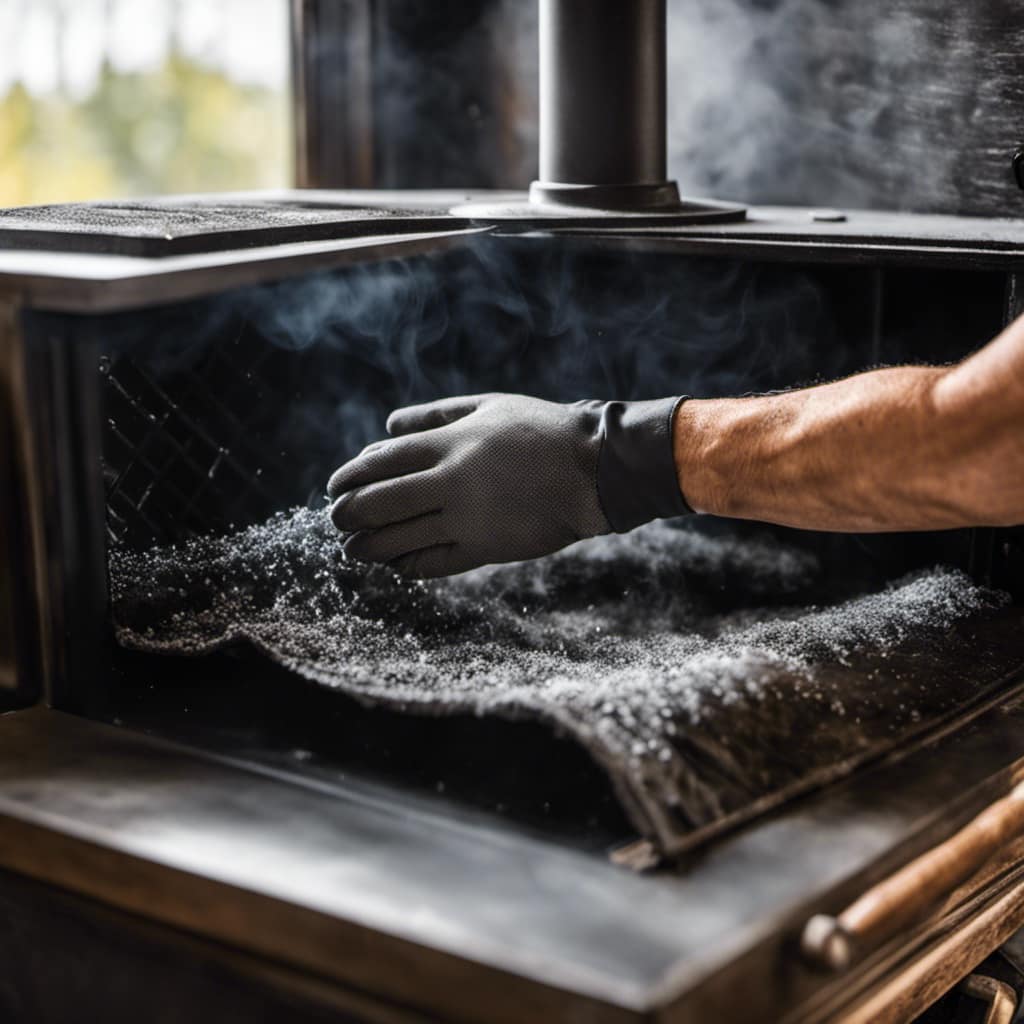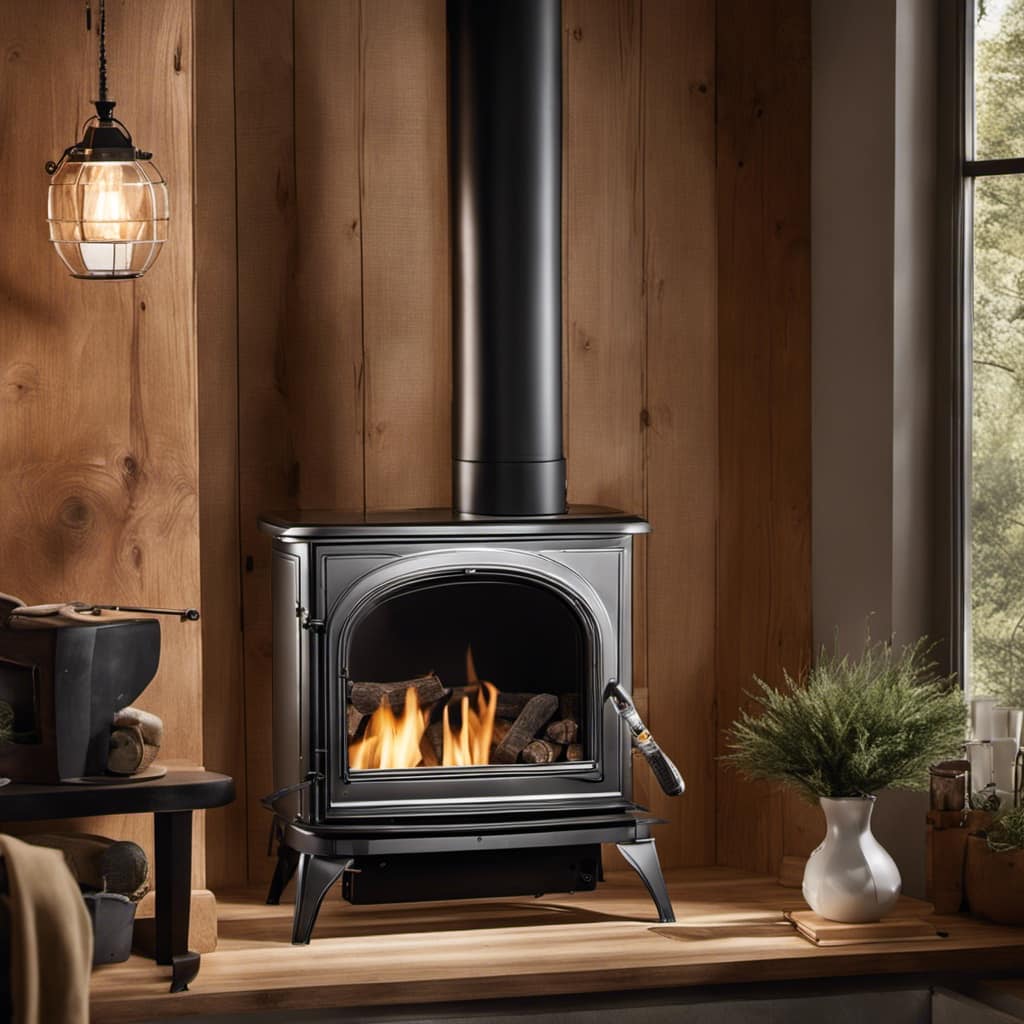I have always treasured the warm comfort provided by a wood stove on a cold winter evening.
But it wasn’t until I started using a wood stove grate that I truly unlocked its potential.
This small but powerful accessory is a game changer when it comes to heating your home efficiently.
In this article, I’ll walk you through everything you need to know about using a wood stove grate, from selecting the right one to building a fire that will keep you toasty all winter long.
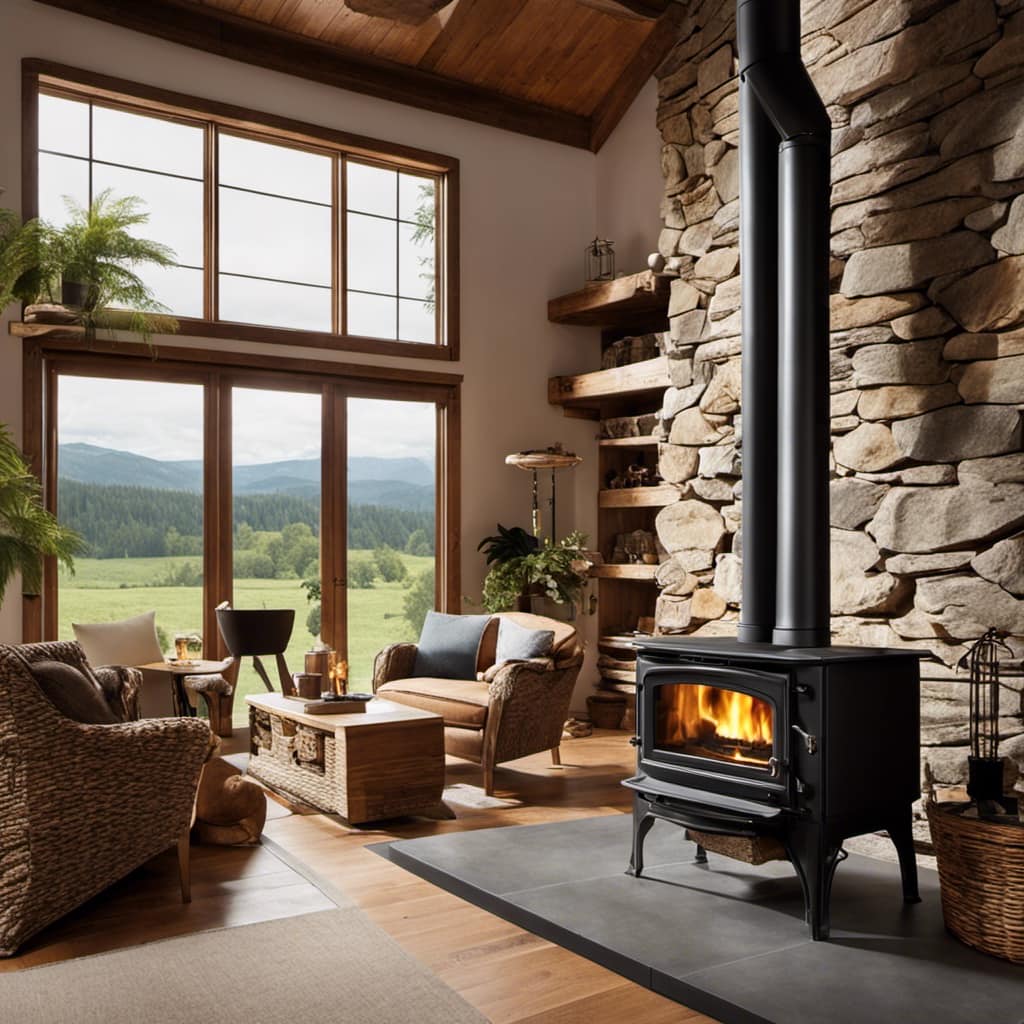
Key Takeaways
- Elevating firewood off the ground improves air circulation and combustion
- Choosing the right size and material for the grate is important for optimal performance
- Proper installation and positioning of the grate enhance efficiency and safety
- Building an efficient fire with the grate requires proper placement and arrangement of firewood
Understanding the Purpose of a Wood Stove Grate
I really appreciate the wood stove grate because it helps efficiently distribute heat throughout the room.
The advantages of using a wood stove grate are numerous. Firstly, it elevates the firewood off the ground, allowing for better air circulation and improved combustion. This results in a more efficient and effective burning process, maximizing heat output.
Secondly, the grate helps to prevent the firewood from rolling out of the stove, ensuring safety and reducing the risk of accidents.
Additionally, the grate promotes better ash management by allowing the ashes to fall through the gaps, making it easier to clean and maintain the stove.
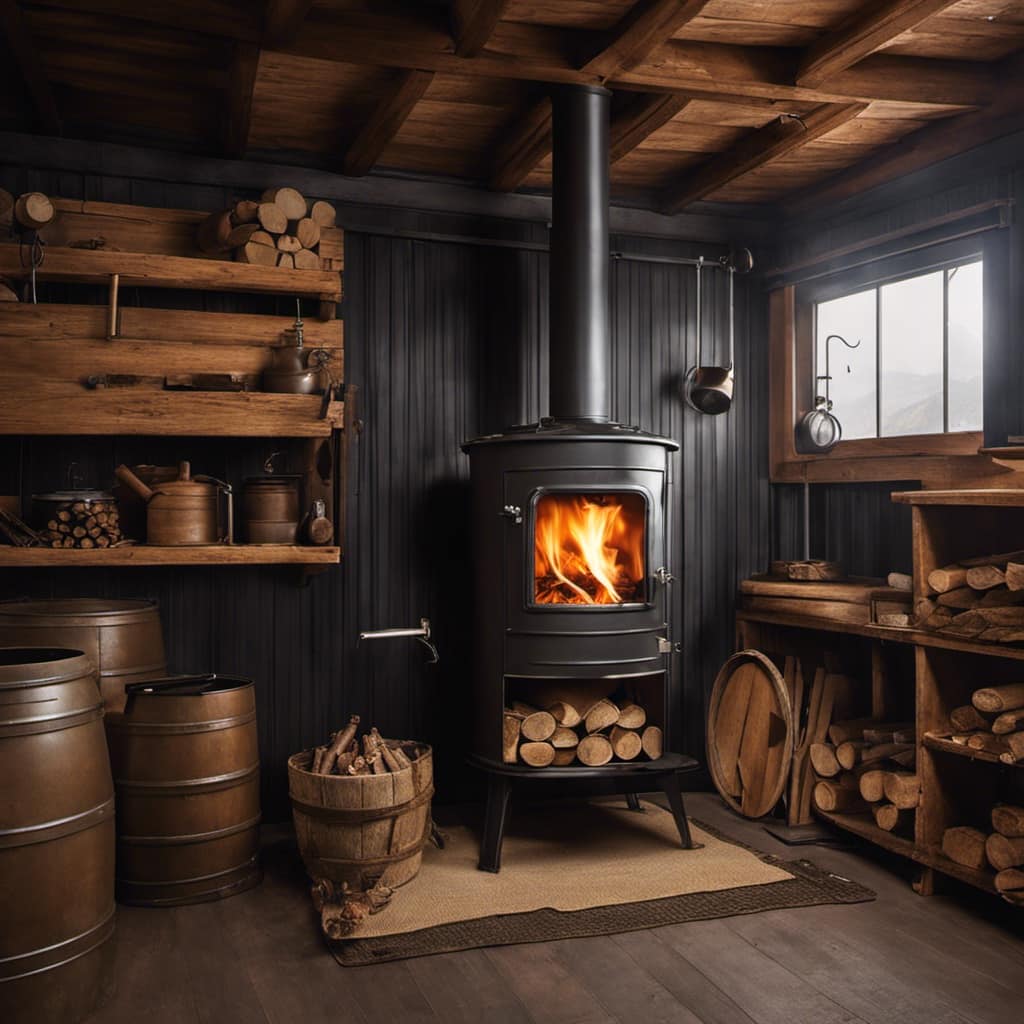
Troubleshooting common issues with wood stove grates involves checking for blockages or obstructions that may hinder proper airflow, ensuring the grate is properly sized for the stove, and regularly cleaning and inspecting for any signs of damage or wear.
Selecting the Right Size and Material for Your Wood Stove Grate
When selecting the right size and material for your wood stove grate, consider the dimensions of your stove and choose a material that is durable and heat-resistant. One of the key decisions to make is whether to choose a cast iron or steel wood stove grate. Cast iron grates are known for their durability and ability to withstand high temperatures. They also retain heat well, which can help improve the efficiency of your wood stove. On the other hand, steel grates are lighter and more affordable. They may not last as long as cast iron grates, but they are still a popular choice for many wood stove owners. Another important consideration is opting for a custom sized wood stove grate. This allows you to fit the grate perfectly into your stove, optimizing its performance and ensuring efficient heat distribution. Additionally, a custom sized grate can prevent logs from rolling around and falling off the grate, improving safety during use. Overall, the right size and material for your wood stove grate depends on your specific needs and preferences.
| Cast Iron Grate | Steel Grate | Custom Sized Grate |
|---|---|---|
| Durable and heat-resistant | Lighter and more affordable | Optimizes stove performance |
| Withstands high temperatures | May not last as long as cast iron | Prevents logs from rolling off |
| Retains heat well | Popular choice for many | Improves safety during use |
Properly Installing and Positioning the Wood Stove Grate
Although it can be a challenging task, properly installing and positioning the wood stove grate is crucial for efficient heat distribution and safety.
When it comes to installing the grate, it’s important to ensure that it’s securely placed in the stove. Start by cleaning out any debris or ashes from the stove’s firebox. Then, carefully position the grate at the bottom of the firebox, making sure it sits securely on the support brackets or legs. It’s essential to follow the manufacturer’s instructions for your specific wood stove model to ensure proper installation.
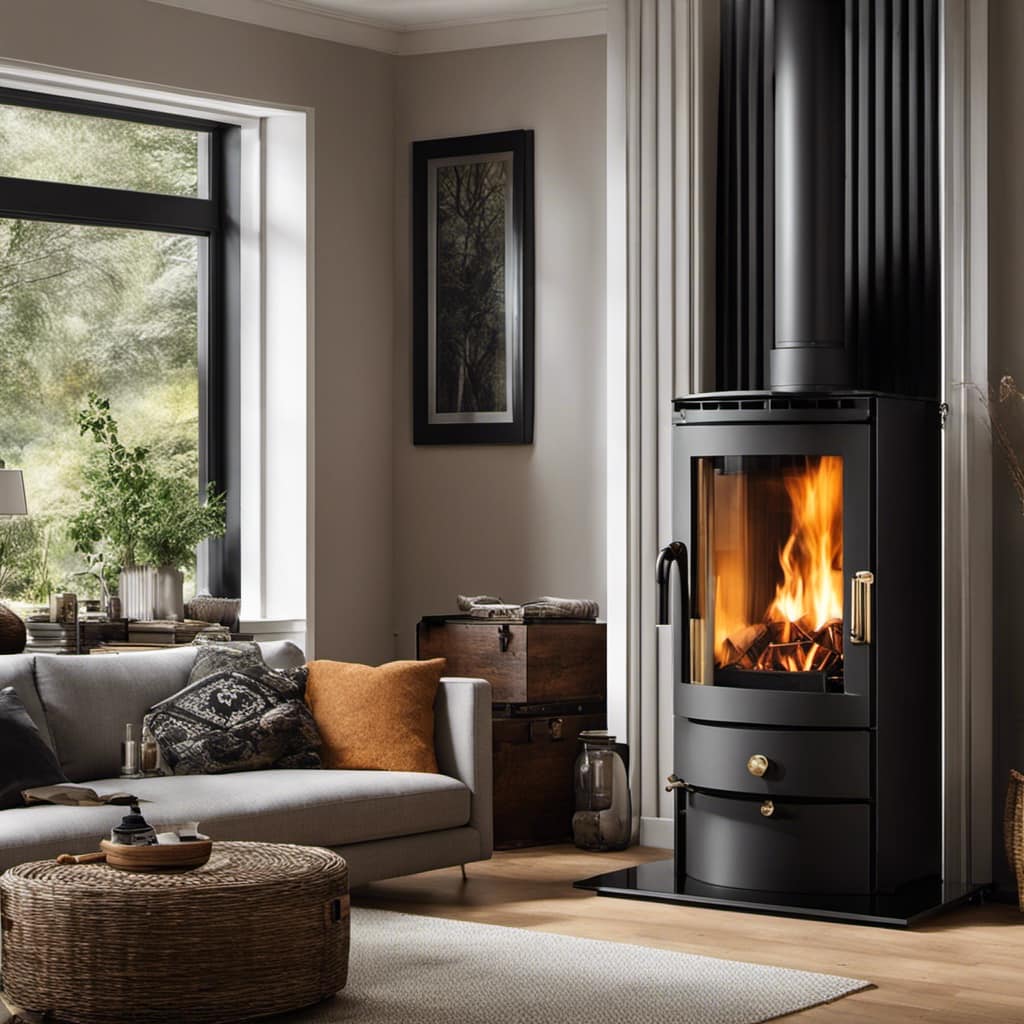
Once the grate is installed, positioning it correctly is key. Make sure the grate is positioned in a way that allows air to circulate freely, promoting efficient combustion. Avoid overloading the grate with too much wood, as it can restrict airflow and affect heat distribution.
Properly installing and positioning the wood stove grate won’t only enhance the efficiency of your heating, but also ensure the safety of your home.
Building an Efficient Fire With the Wood Stove Grate
Using the wood stove grate properly is essential for building an efficient fire and maximizing heat distribution. Here are some key tips to get the most out of your wood stove grate:
- Place your firewood on the grate in a crisscross pattern. This allows for better airflow and ensures a steady burn.
- Start with smaller pieces of wood at the bottom and gradually add larger pieces on top. This creates a strong base and helps the fire to burn longer.
- Avoid overcrowding the grate. Leave some space between the logs to allow for proper combustion and airflow.
By following these guidelines, you can create a well-built fire that produces maximum heat output.
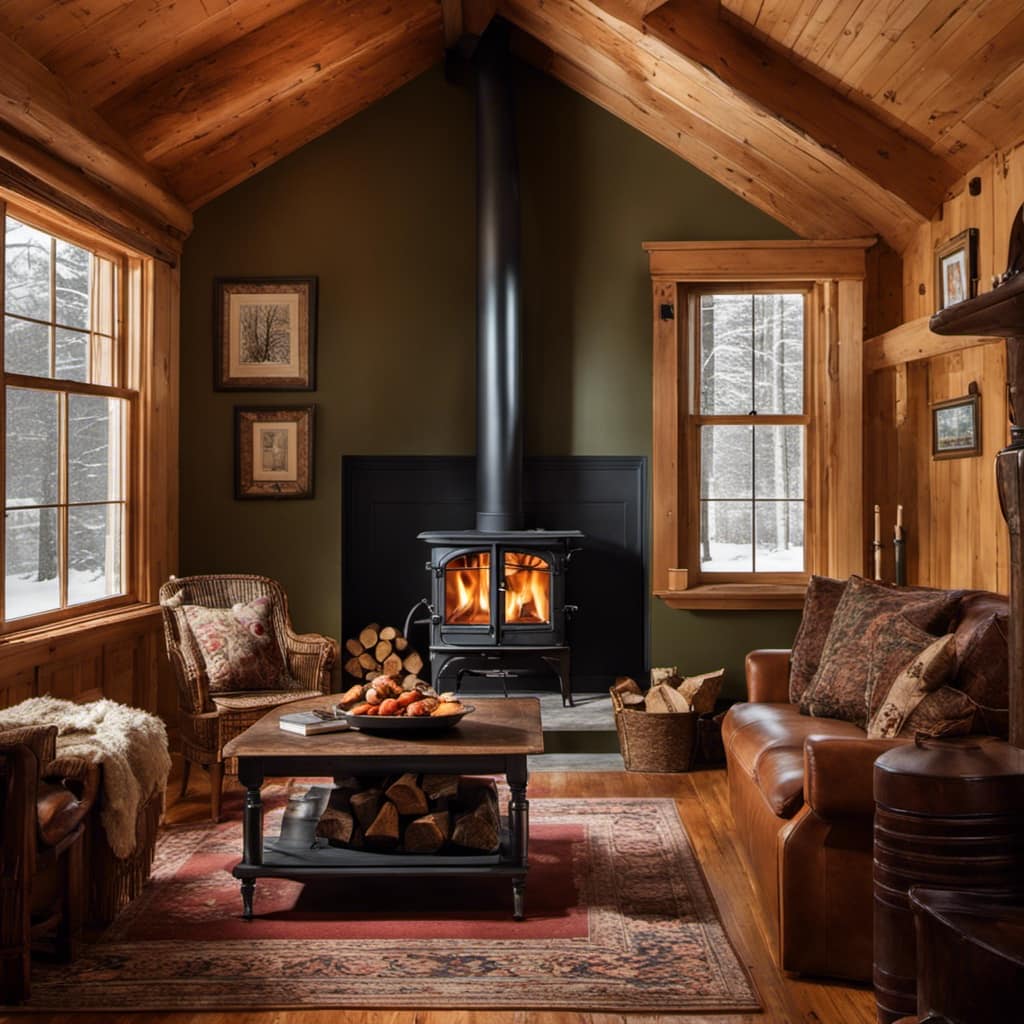
Now, let’s move on to the next section and discuss how to maintain and clean your wood stove grate for longevity.
Is It Safe to Use a Wood Stove Grate on Different Surfaces?
When considering wood stove placement options, it’s important to use a wood stove grate to protect different surfaces. The grate helps distribute heat and prevents direct contact with the floor or other materials, reducing the risk of damage or fire. Always follow safety guidelines for proper wood stove placement.
Maintaining and Cleaning Your Wood Stove Grate for Longevity
I regularly sweep out the ashes and brush off the debris from my wood stove grate to ensure its longevity and efficient performance. Keeping your wood stove grate clean is crucial for its proper functioning and to avoid any potential issues. When it comes to cleaning techniques, there are a few key steps to follow.
Firstly, make sure the stove is completely cooled down before starting the cleaning process. Use a small brush or a vacuum cleaner with a brush attachment to remove the ash and debris from the grate. For stubborn residue, you can use a wire brush or a scraper.
Additionally, it’s important to inspect the grate regularly for any signs of wear or damage. Troubleshooting common issues such as a blocked grate or inadequate airflow can often be resolved by a thorough cleaning.

Conclusion
So, now that you know how to use a wood stove grate, are you ready to experience the warmth and efficiency it can bring to your home?
By understanding its purpose, selecting the right size and material, properly installing and positioning it, and building an efficient fire, you can enjoy the benefits of a wood stove grate.
Don’t forget to regularly maintain and clean it to ensure its longevity.
Get ready to cozy up and enjoy the comforting ambiance of your wood stove!
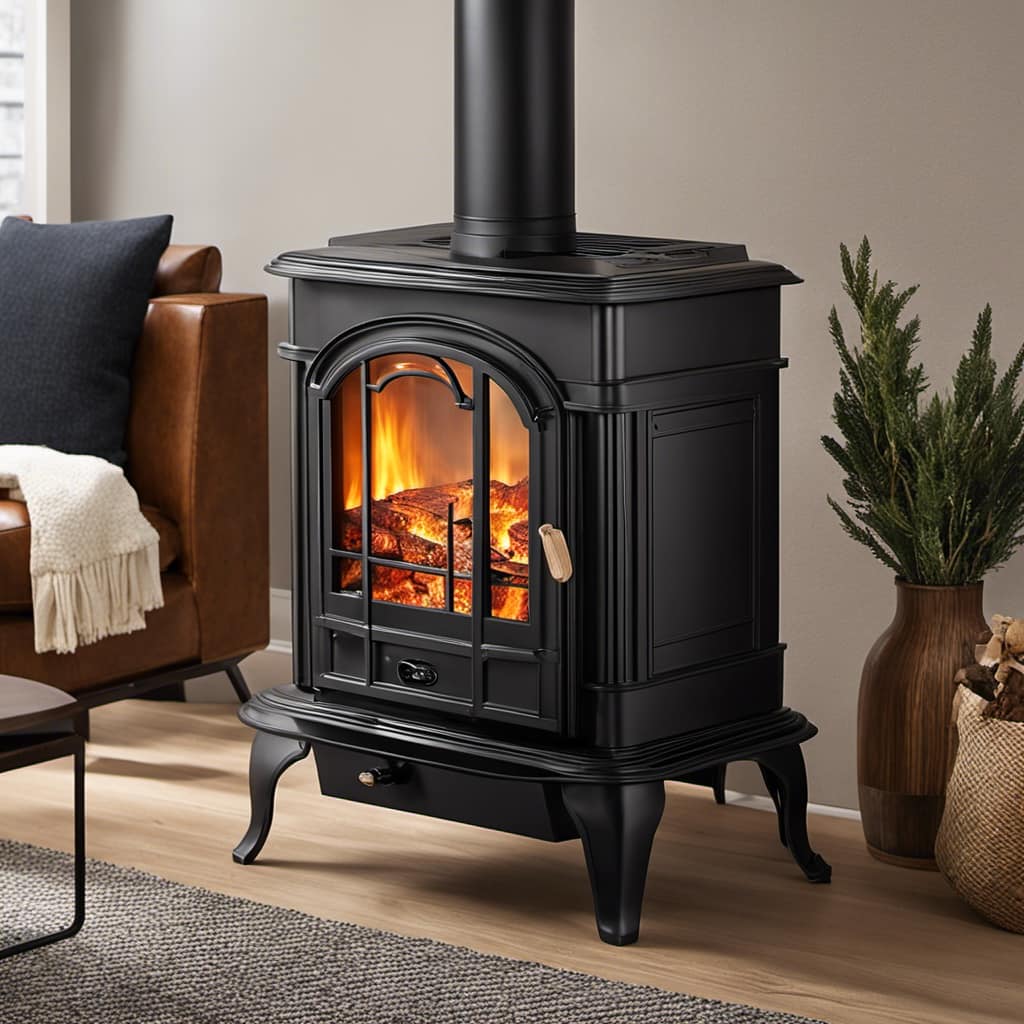
Growing up surrounded by the vast beauty of nature, Sierra was always drawn to the call of the wild. While others sought the comfort of the familiar, she ventured out, embracing the unpredictable and finding stories in the heartbeat of nature.
At the epicenter of every remarkable venture lies a dynamic team—a fusion of diverse talents, visions, and passions. The essence of Best Small Wood Stoves is crafted and refined by such a trio: Sierra, Logan, and Terra. Their collective expertise has transformed the platform into a leading authority on small wood stoves, radiating warmth and knowledge in equal measure.

